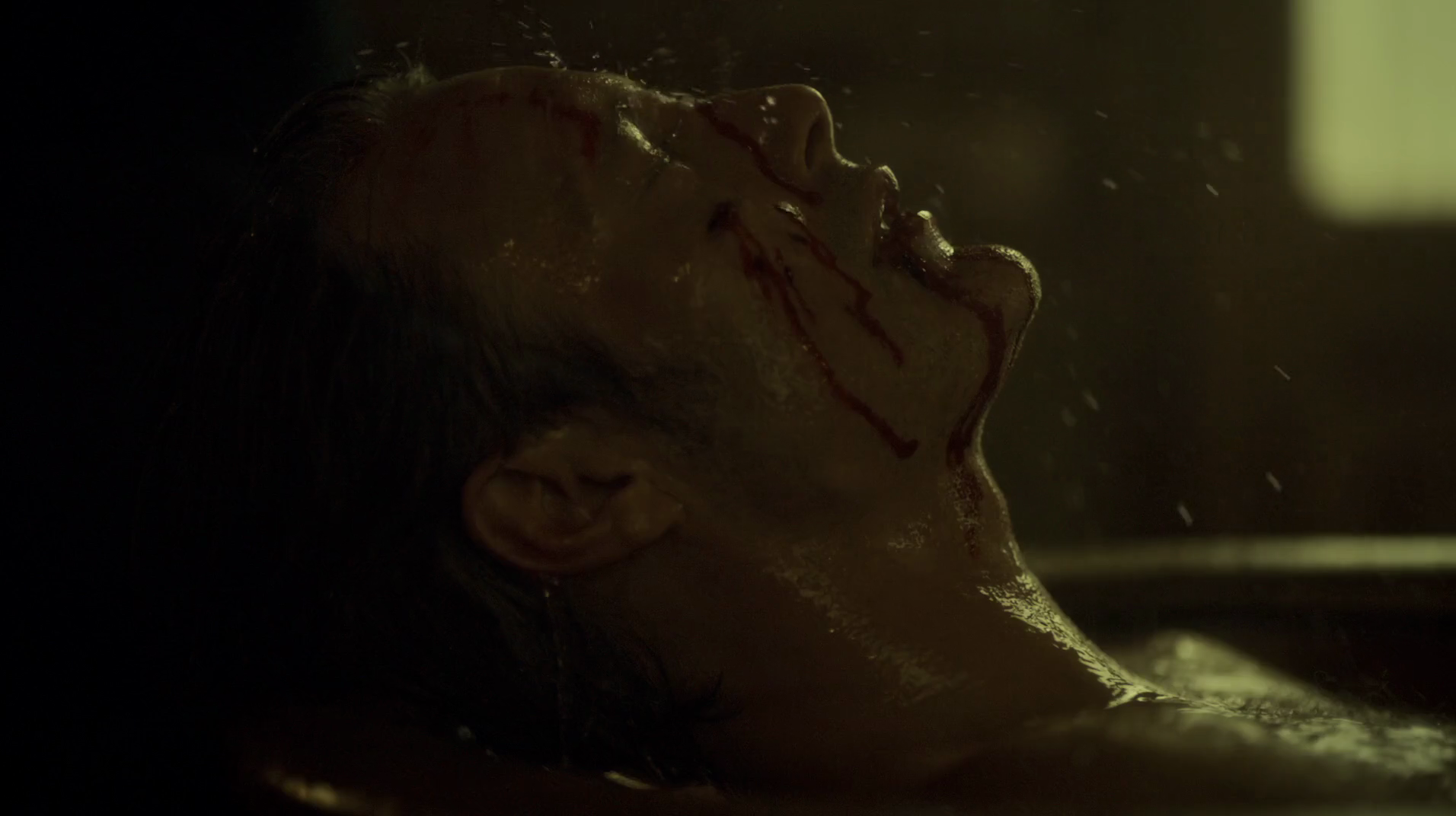Kickstarter Update/Capaldi Entry List
Since I did my usual “forgetting to queue Proverbs of Hell for a Monday,” I figured I should provide a Kickstarter update instead. At the time of writing, we’re at $8069. We hit the Algebra of Ice stretch goal over the weekend, which means we’re now approaching the $9000 stretch goal of The Unknown, which from Big Finish’s Diaries of River Song series. I haven’t listened to it yet, but it sounds fascinating. The hook is simple: River Song meets the Seventh Doctor. This is self-evidently a good idea. River’s entire M.O. is that she destabilizes the Doctor’s place in the narrative. She can do the things they do, and knows more than them. That’s especially true in stories before A Good Man Goes to War, which obviously this is. The Seventh Doctor, on the other hand, stands out even among the Doctors. He’s manipulative and has foreknowledge of events in ways they don’t. That’s a stereotype of his character in the same way “the loud obnoxious one” is of Six, but it’s also similarly true. So having River meet him is, in its own way, as much of a limit point for her character as meeting the Twelfth Doctor was. It’s a hook that does to River Song what she usually does to Doctor Who. Outside of pornographic fanfiction (where the answer is clearly the Third Doctor) the Seventh Doctor is straight-up the most interesting past Doctor for River to meet save arguably the First? Can Guy Adams rise to the occasion and hit his obviously laid out marks? Can Big Finish avoid screwing up a self-evidently good idea for once? I don’t know. I’m actually kind of nervous to find out because I am so often frustrated by Big Finish and I do so love this idea.
So if me tackling that sounds interesting and you haven’t backed the Kickstarter yet, now is a great time. If you have backed the Kickstarter and haven’t spread word on social media, now is a great time. If you’ve done all of those things, on the other hand, now could be a great time to do them again. But it could also be a good time for some self-care. Get a drink of water. Have a small and healthy snack. Look at some cute cat videos on YouTube. You’ve earned it.
I also wanted to give an update on the Patreon campaign for the Peter Capaldi era of TARDIS Eruditorum. Right now that’s at $345, a mere $5 away from The Full Eruditorum, complete with Pop Between Realities, You Were Expecting Someone Else, and Outside the Government entries. One way or another that will start on March 19th. But will it start with Deep Breath (currently readable by Kickstarter backers) or Pop Between Realities, Home in Time for Tea (Captain America: Winter Soldier, The Lego Movie, It Follows)? While odds look good for the latter, it’d be good to get well over $350 so that’s nice and secure and we don’t suddenly drop down to going episode-only in the middle of the run.…

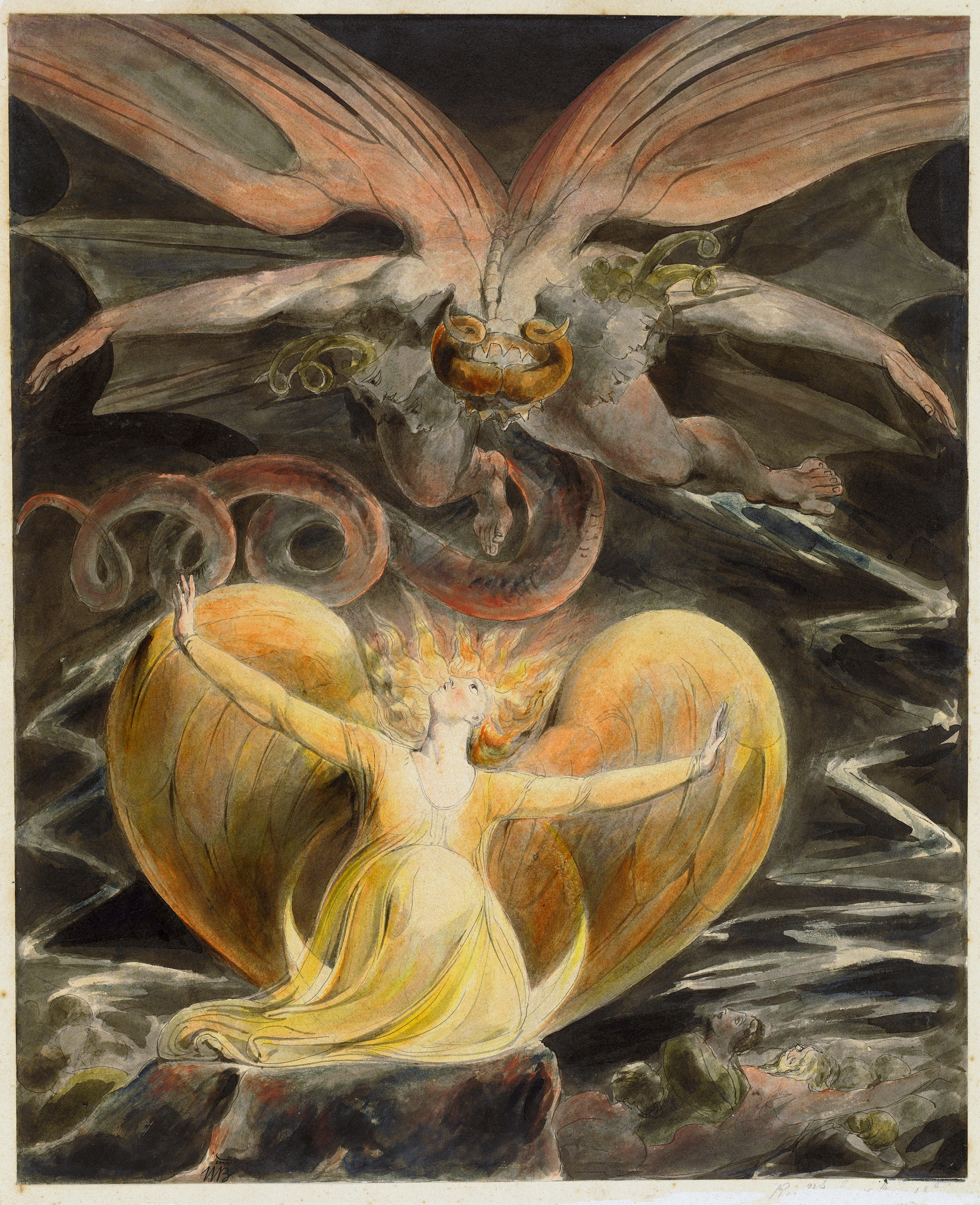 AND THE WOMAN CLOTHED WITH THE SUN: This is not the picture that Dolarhyde worships, which is “The Great Red Dragon and the Woman Clothed in Sun.” The distinction flummoxed Harris himself, who got the wrong one in Red Dragon, and the most satisfying explanation for this preceding the episode named after the story’s central painting is that Fuller is providing an homage to the error. In any case, this painting is essentially Dolarhyde’s from the opposite perspective. The result is that the woman is the central object of the painting, with the Dragon looming above her, mimicking our own act of looking at her. The picture Dolarhyde prefers is on the whole the far more interesting framing, which we’ll get to next week.
AND THE WOMAN CLOTHED WITH THE SUN: This is not the picture that Dolarhyde worships, which is “The Great Red Dragon and the Woman Clothed in Sun.” The distinction flummoxed Harris himself, who got the wrong one in Red Dragon, and the most satisfying explanation for this preceding the episode named after the story’s central painting is that Fuller is providing an homage to the error. In any case, this painting is essentially Dolarhyde’s from the opposite perspective. The result is that the woman is the central object of the painting, with the Dragon looming above her, mimicking our own act of looking at her. The picture Dolarhyde prefers is on the whole the far more interesting framing, which we’ll get to next week.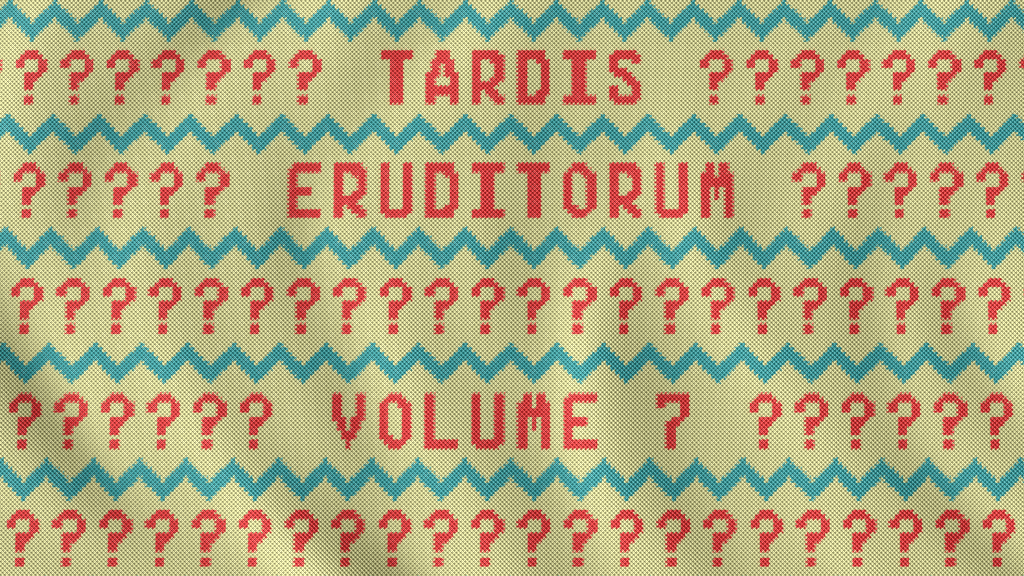 Eruditorum Press is pleased to announce the launch of our latest Kickstarter, for TARDIS Eruditorum Volume 7: Sylvester McCoy.
Eruditorum Press is pleased to announce the launch of our latest Kickstarter, for TARDIS Eruditorum Volume 7: Sylvester McCoy. 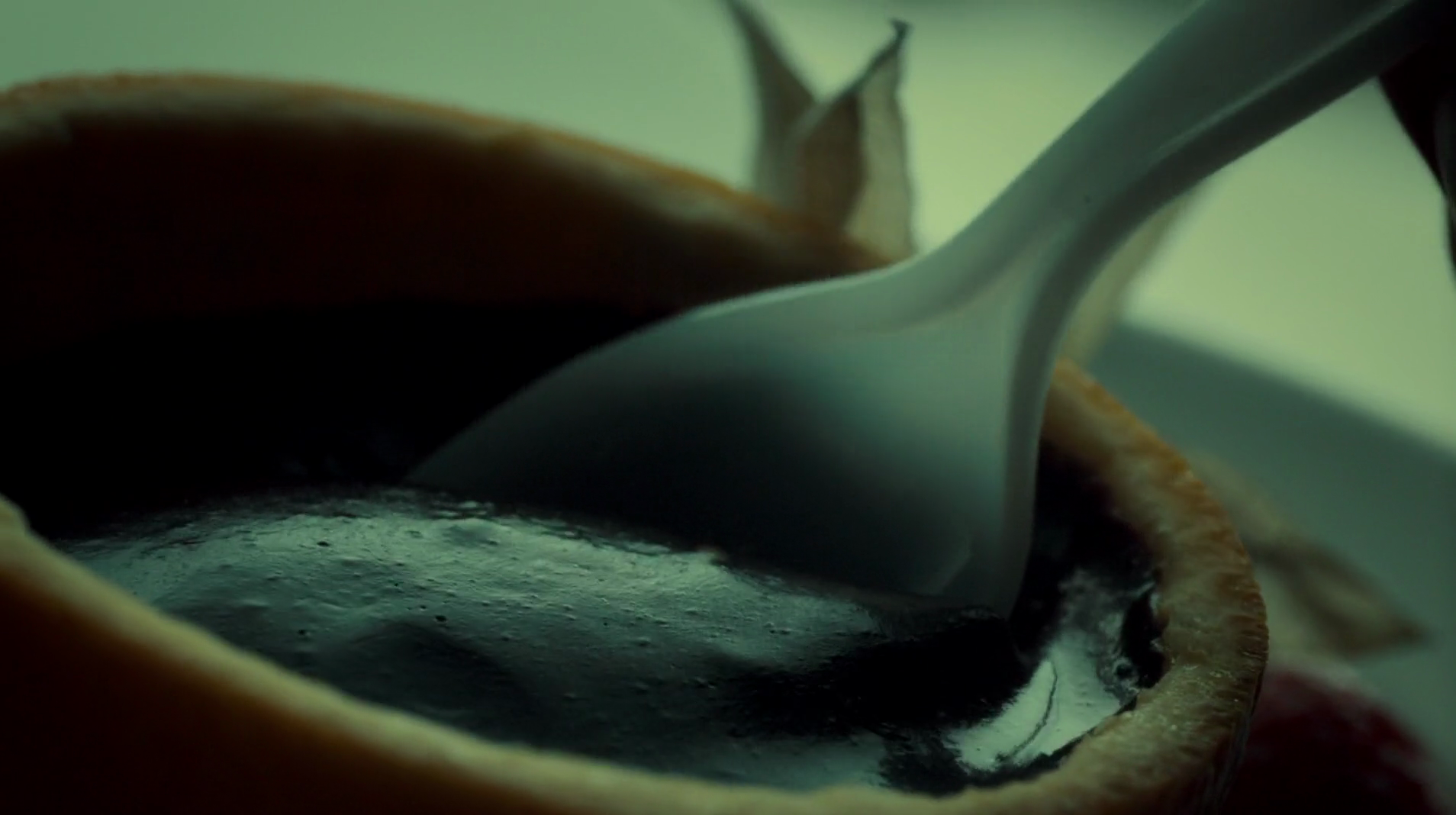 THE GREAT RED DRAGON: After thirty-three episodes named after food, we change gears abruptly to episodes named after works of art by William Blake. This episode does not designate a specific work but rather a series of four paintings in a larger series of water colors illustrating the Bible completed between 1800 and 1806 four of which have titles beginning “The Great Red Dragon.” Thankfully we still have food to illustrate this episode as part of the delightfully barmy decision to let Hannibal still cook in prison, and we can get on to the Blake works starting next episode.
THE GREAT RED DRAGON: After thirty-three episodes named after food, we change gears abruptly to episodes named after works of art by William Blake. This episode does not designate a specific work but rather a series of four paintings in a larger series of water colors illustrating the Bible completed between 1800 and 1806 four of which have titles beginning “The Great Red Dragon.” Thankfully we still have food to illustrate this episode as part of the delightfully barmy decision to let Hannibal still cook in prison, and we can get on to the Blake works starting next episode. 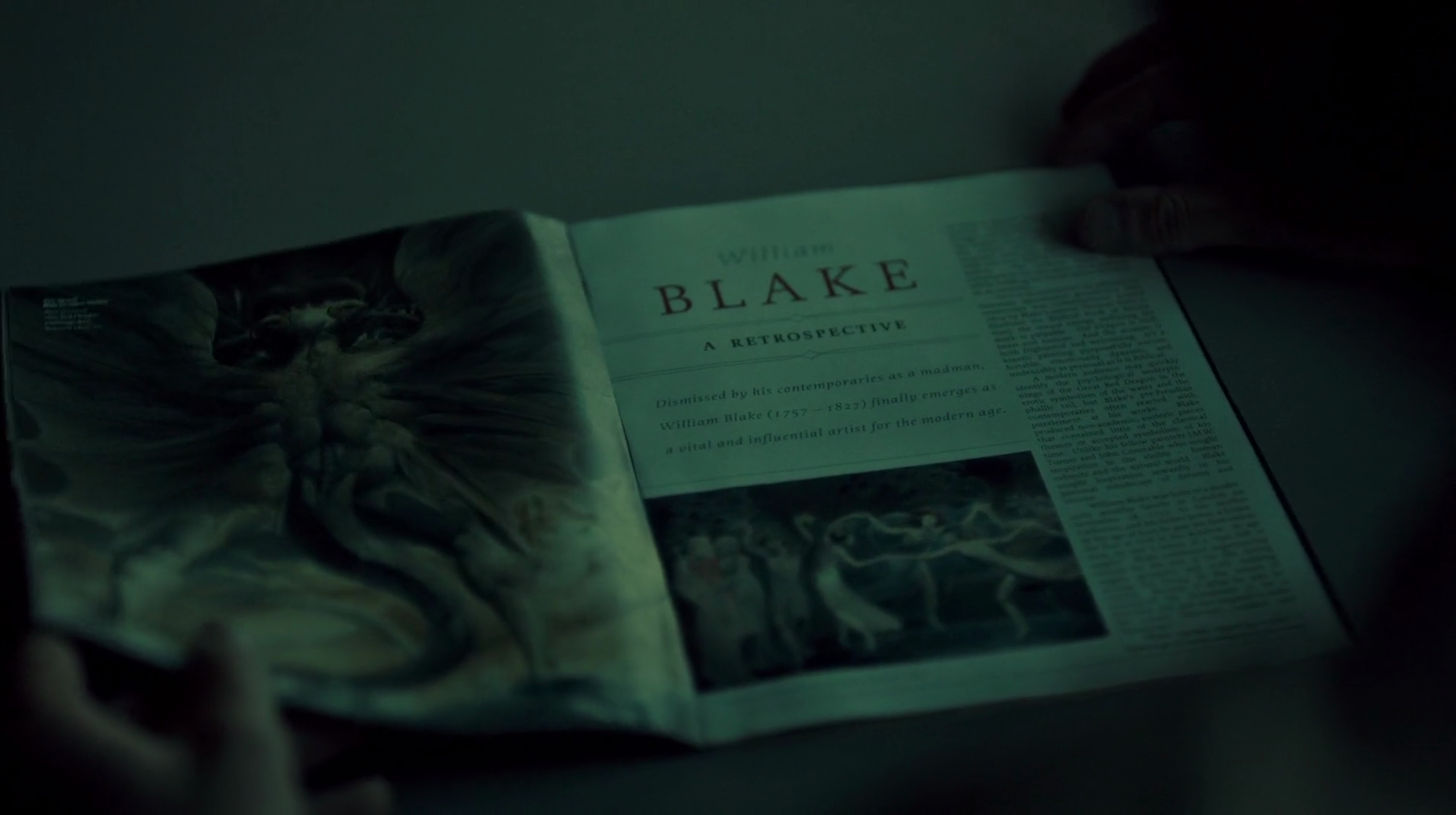
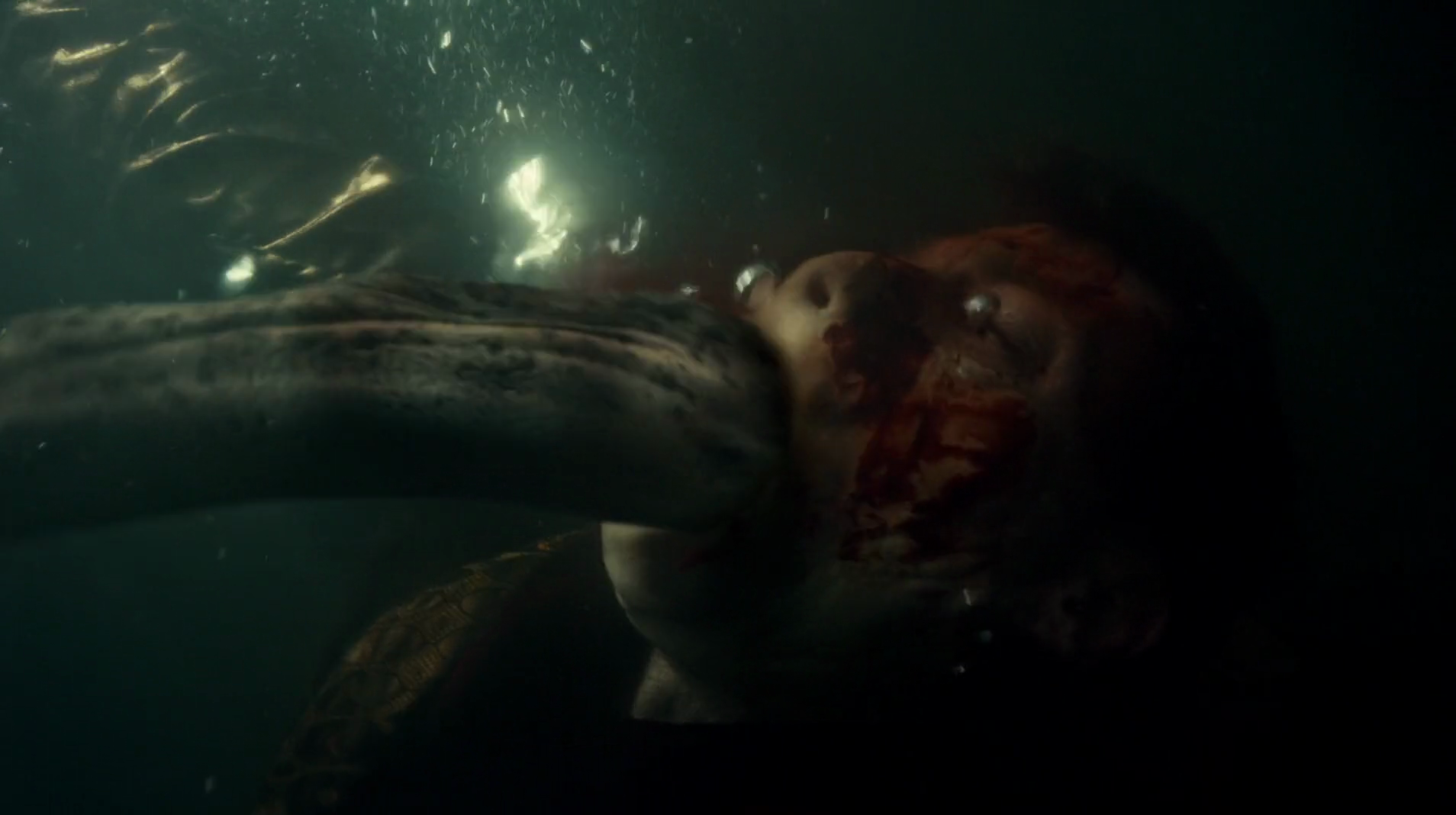
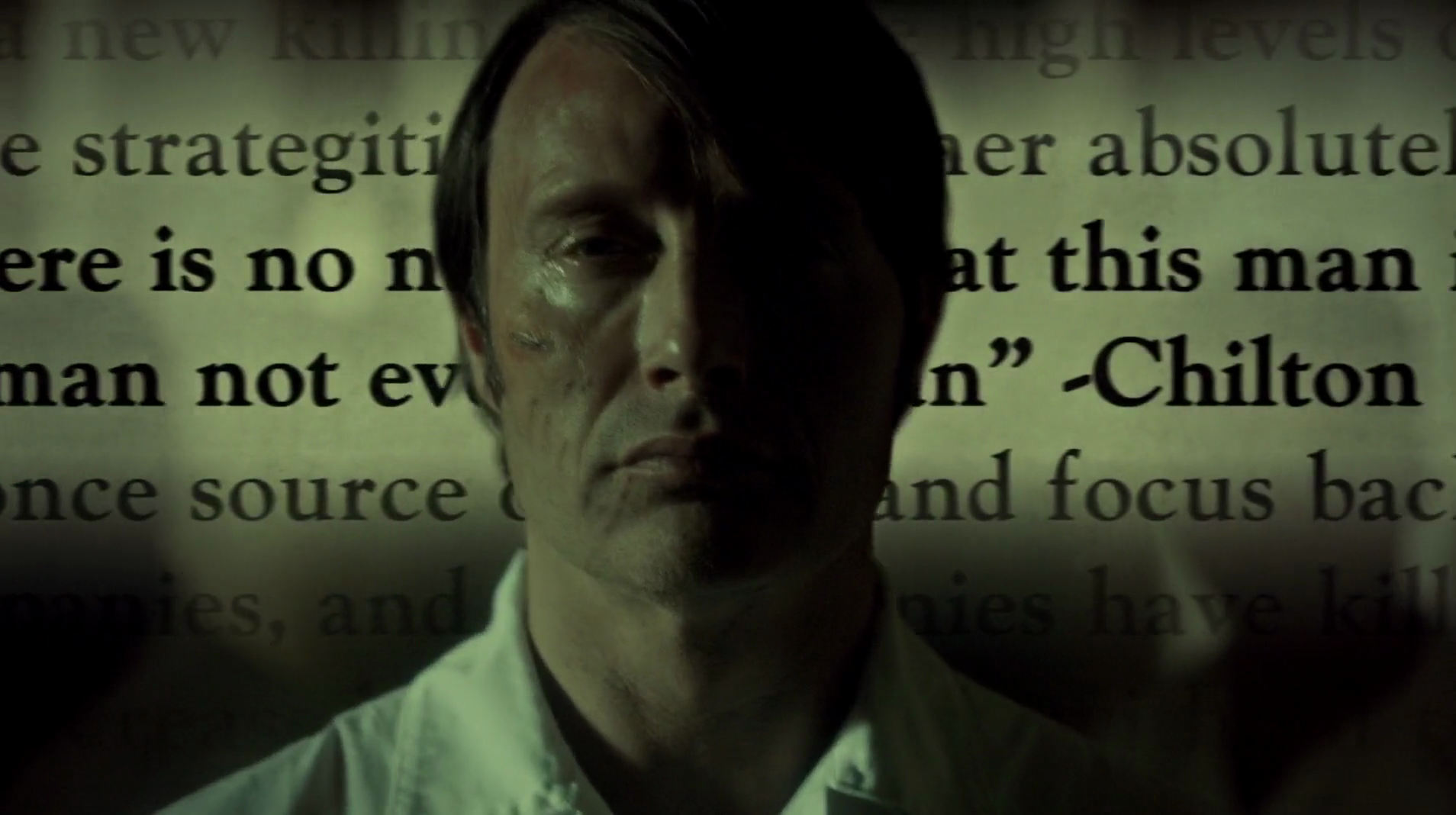
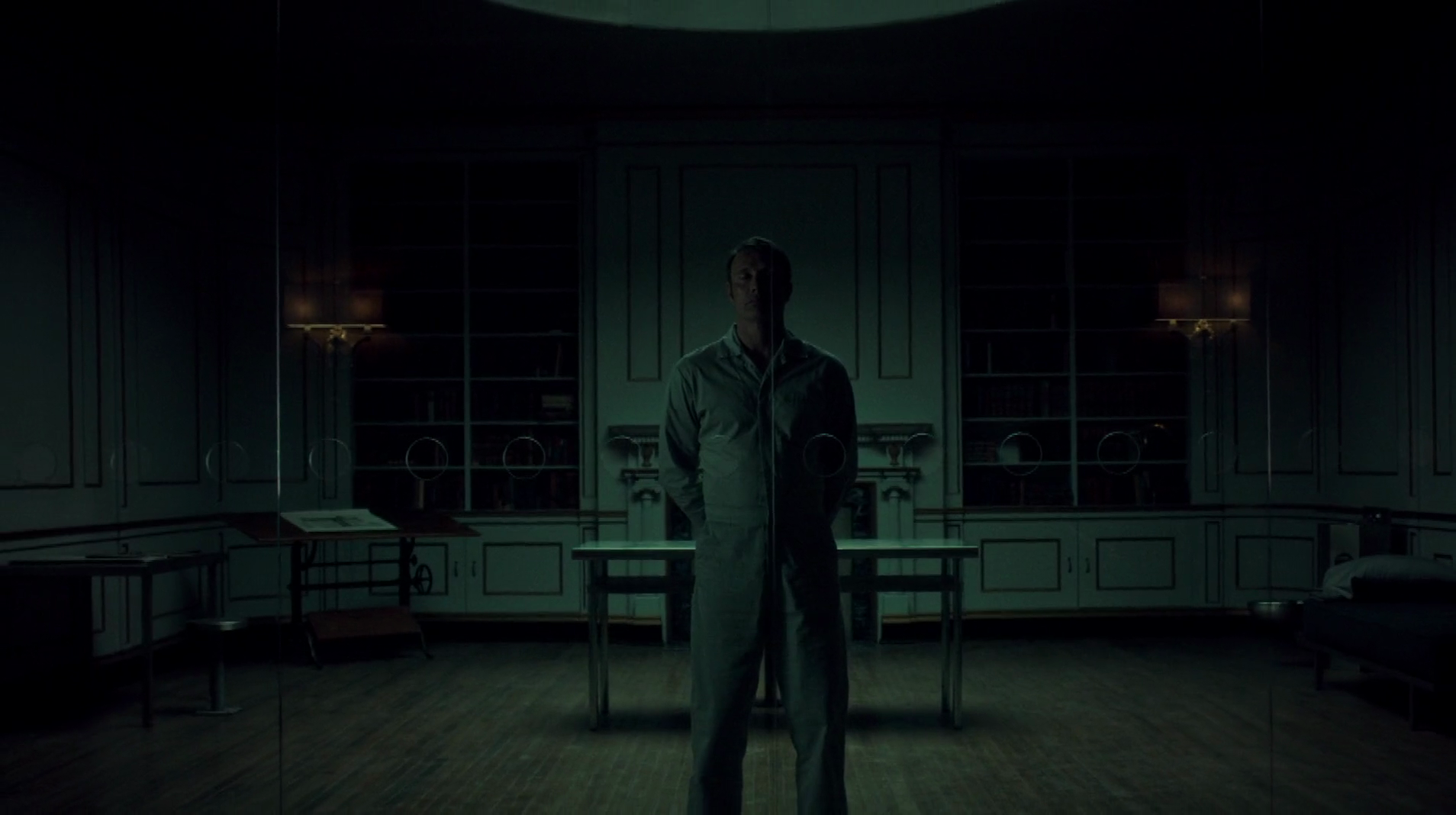
 The obvious starting point is the dualism that creatively defines the sequel trilogy, with J.J. Abrams’s faithful recitations of iconography on either end of Johnson’s far weirder and more difficult approach to doing a
The obvious starting point is the dualism that creatively defines the sequel trilogy, with J.J. Abrams’s faithful recitations of iconography on either end of Johnson’s far weirder and more difficult approach to doing a 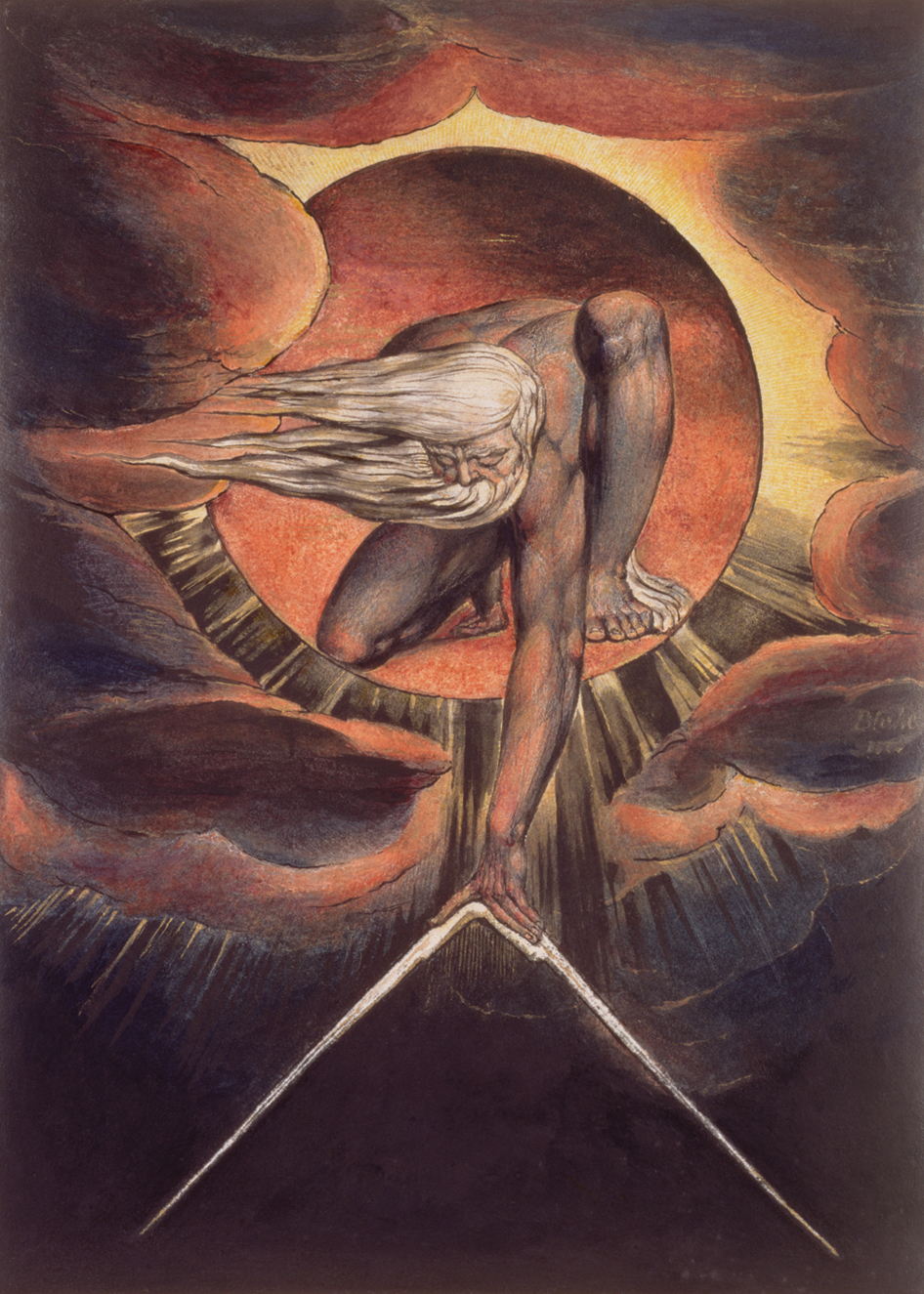 DIGESTIVO: An after-dinner (and after-coffee) drink such as grappa or limoncello. As we’ve completed the actual Italian portion of our adaptation of Hannibal in order to return to the US, this is on the whole sensible.
DIGESTIVO: An after-dinner (and after-coffee) drink such as grappa or limoncello. As we’ve completed the actual Italian portion of our adaptation of Hannibal in order to return to the US, this is on the whole sensible.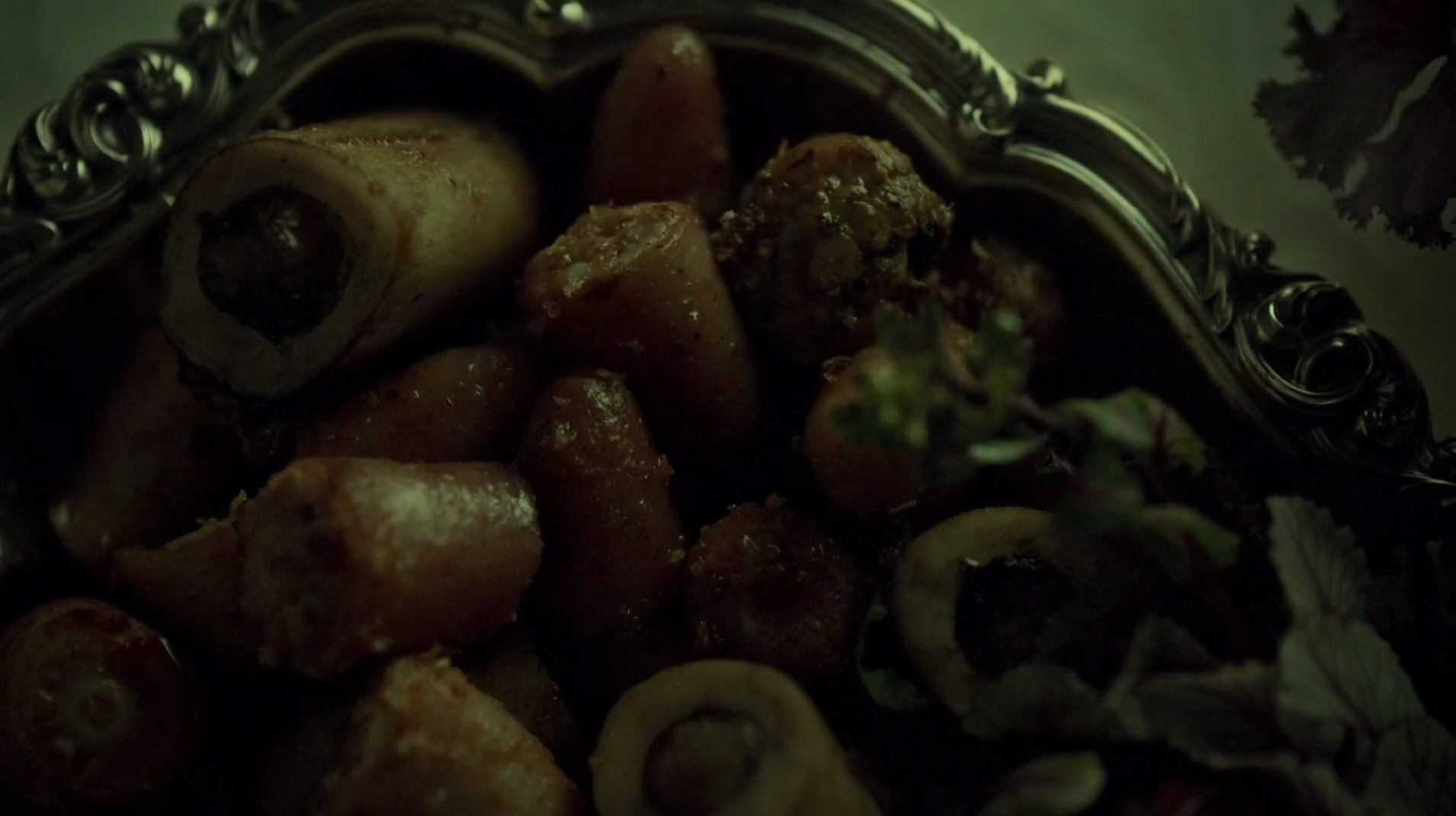 DOLCE: Dessert. Nobody particularly gets their just ones here, so let’s call this a case of running out of both course names and titles in this phase of the series.
DOLCE: Dessert. Nobody particularly gets their just ones here, so let’s call this a case of running out of both course names and titles in this phase of the series. 